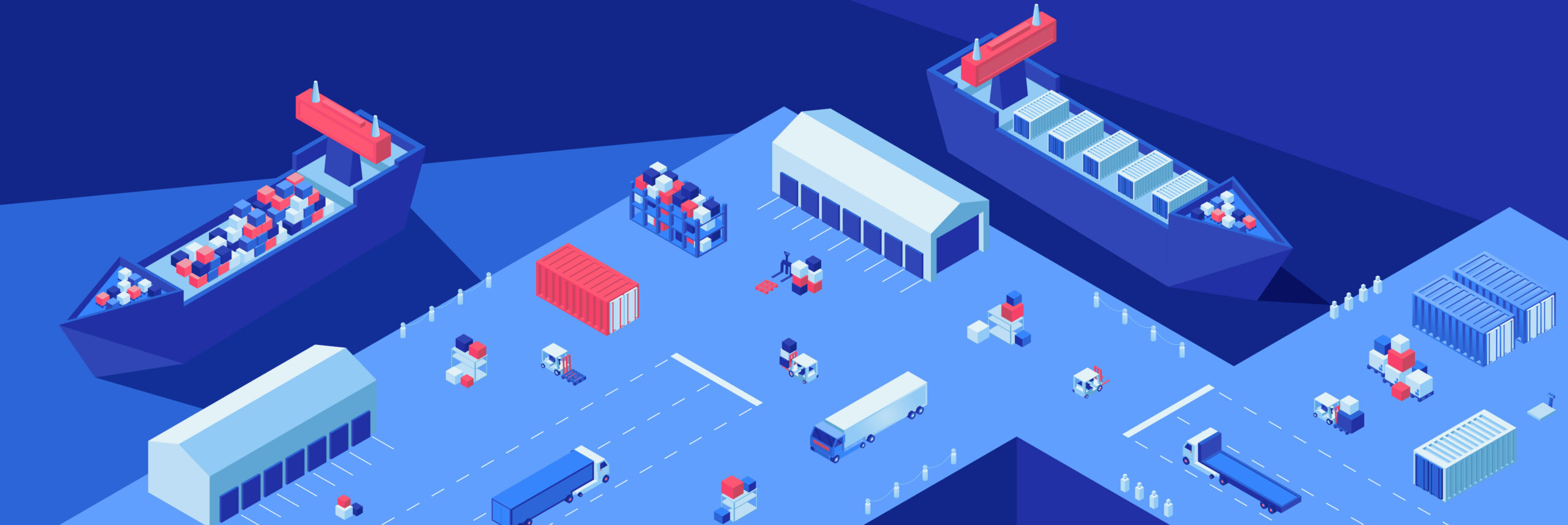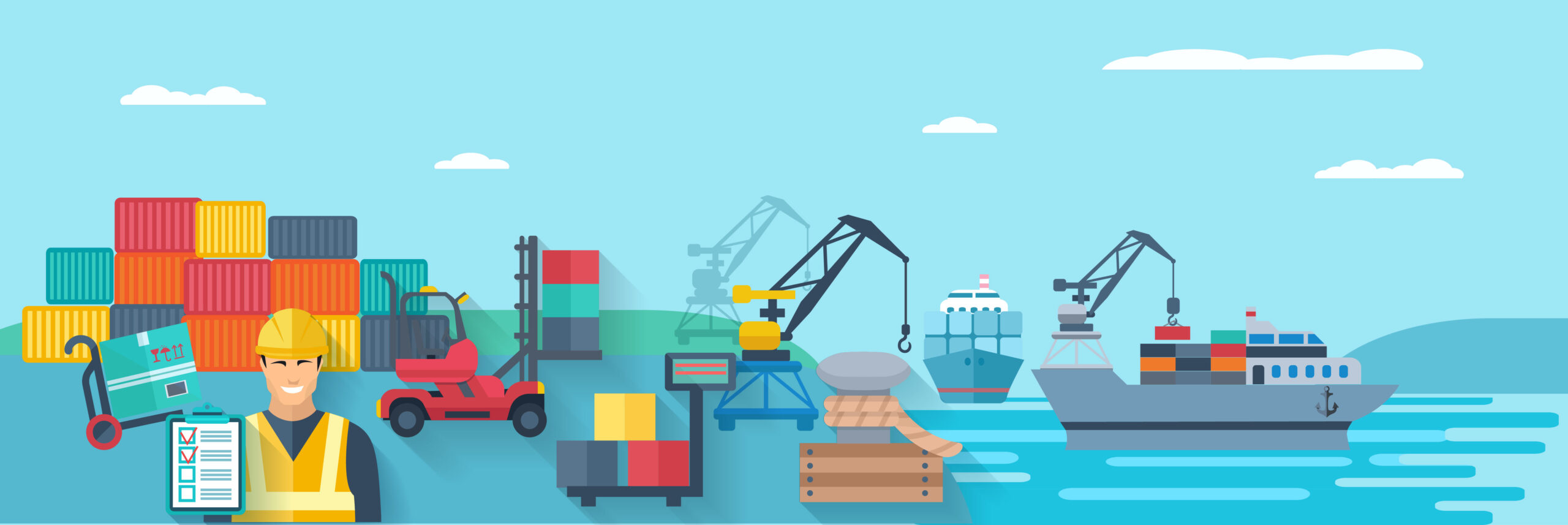18 Aug Industry Best Practices to Upgrade Legacy Systems for Ports & Terminals
Even though several functions in the maritime ecosystem remains manual, to some extent the port authorities did attempt to leverage technology. Anyhow, technology adoption in the port ecosystem with the legacy systems have remained the same for quite some time. Reportedly, forwarders/consolidators, shipping lines, container freight stations and others in the maritime ecosystem find it challenging to upgrade to a legacy system.
While adaptability becomes an issue, using certain components of the legacy system is quite essential to ensure the end user could pick up with the utility without much effort. These challenges are more prevalent in the maritime ecosystem. Here are some industry best practices to upgrade legacy systems for ports and terminals.

Encapsulation
This is one among the fastest and the most economical solution to transform a legacy system. Encapsulation leverages the already existing interface and legacy components thereby minimizing the risk and making it simple for the end users. Therefore, the end user might find it simple to get adapted to the upgraded system as the components and frameworks of the legacy is already in place.
Rehosting
Alike Encapsulation, Rehosting consumes low cost and risks. While many see re-engineering as an option, which could take a prolonged time, rehosting will ensure faster processing and comes with cost saving benefits. Precisely, it costs zero negative impact on the enterprise systems and the users can seamlessly get adapted as time progresses.
Cloud Migration
Data security is a far more pressing issue for stakeholders in the logistics ecosystem. While they are in the lookout for a secure system to host their information, Cloud Migration is a far simpler method to save their information. Without modifying the code, an application can be forklifted to the cloud. This not only secures the information, but also makes the legacy transformation seamless and a user friendly framework for better utility.
Replatform Migration
Cost optimization is a major factor of consideration while choosing legacy system transformation. Becoming cloud-native is what various stakeholders with a hefty budget will look at. But not all can afford to go cloud-native and that is when Replatform Migration comes into play. Under this, only base cloud functionalities are upgraded and they do not need resource commitments.
Code Refactoring
Going cloud-native might be an expensive affair. Whereas leveraging cloud-native features are pretty essential as it could maximize cost operational efficiency. Code Refactoring works on this principle and it still saves a lot of pennies for the end users and is seen as a perfect SaaS alternative.
Overall, following these industry best practices will save cost to ports and terminals immensely. The utility of port community system will penetrate more as stakeholders believe it is an expensive affair to have 100 percent upgradation of the legacy system as it would not only increase the cost, but also cause adaptability issues.

